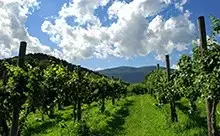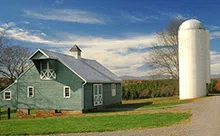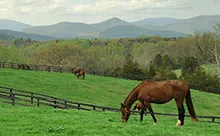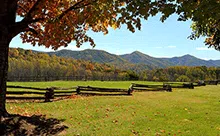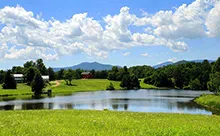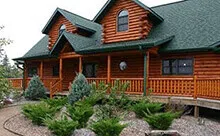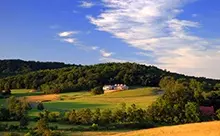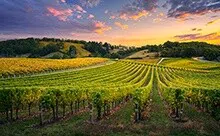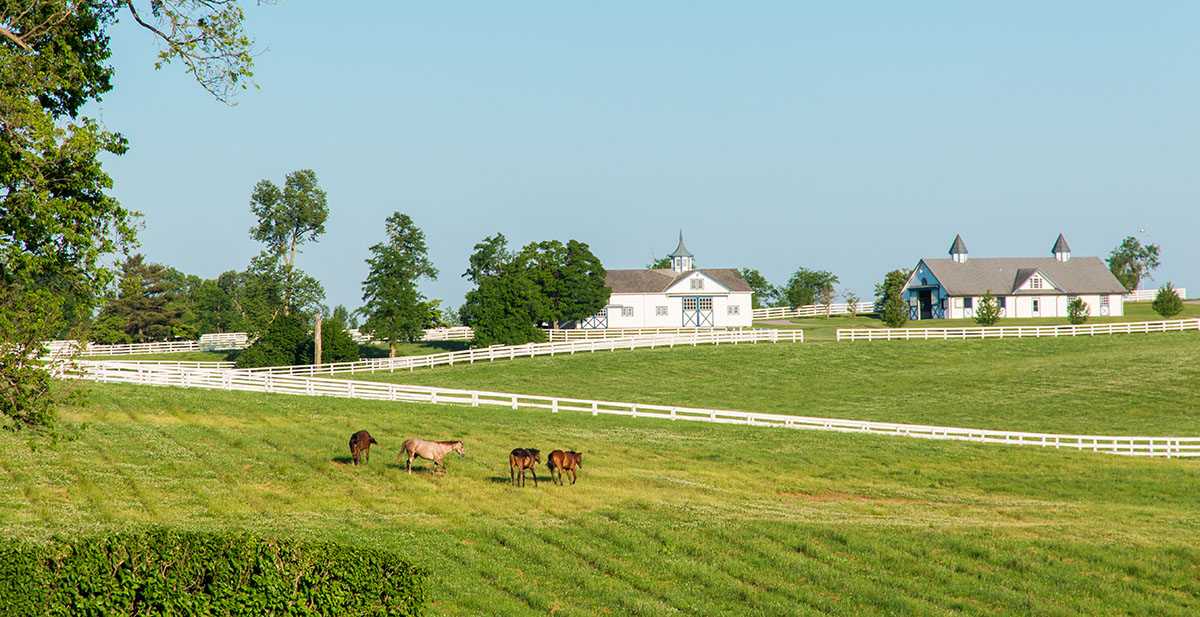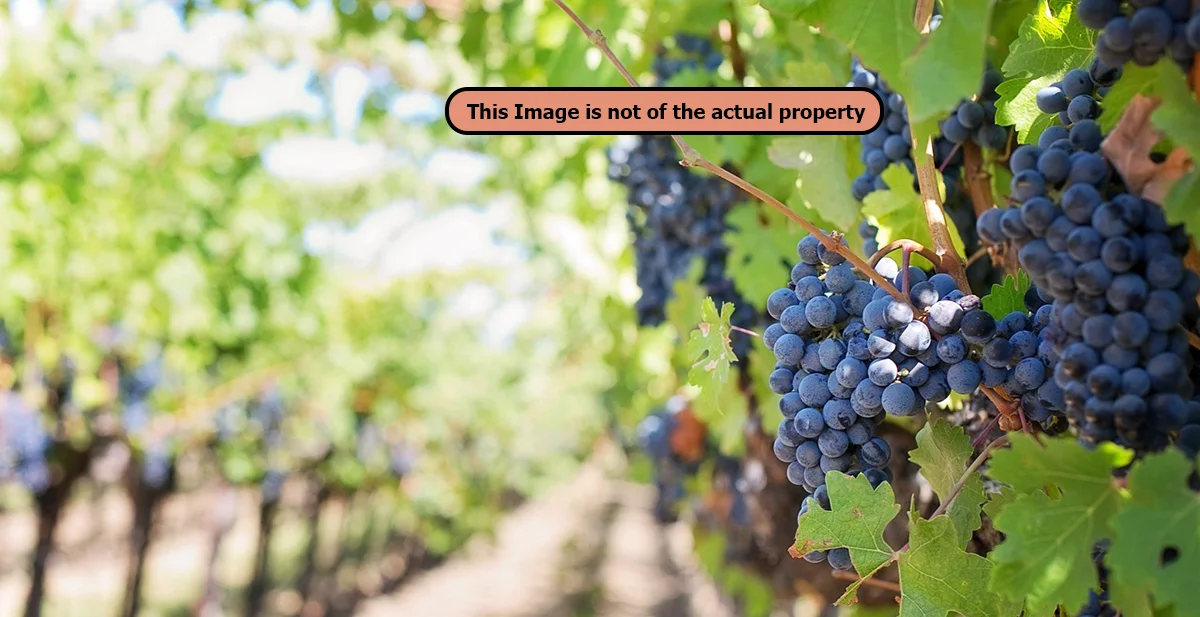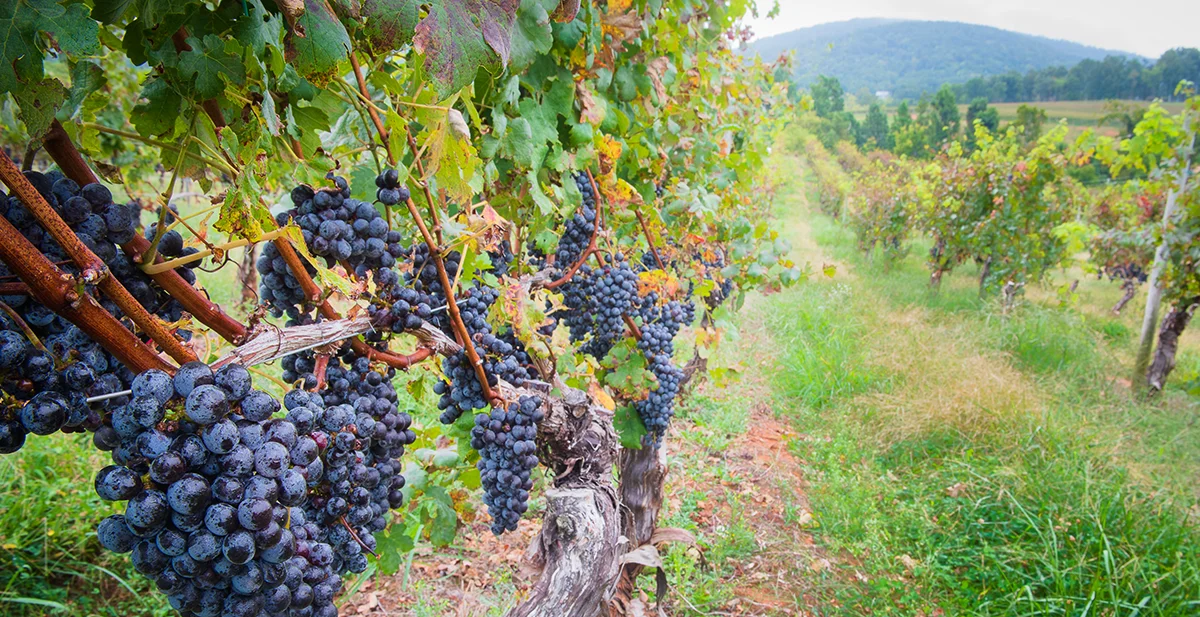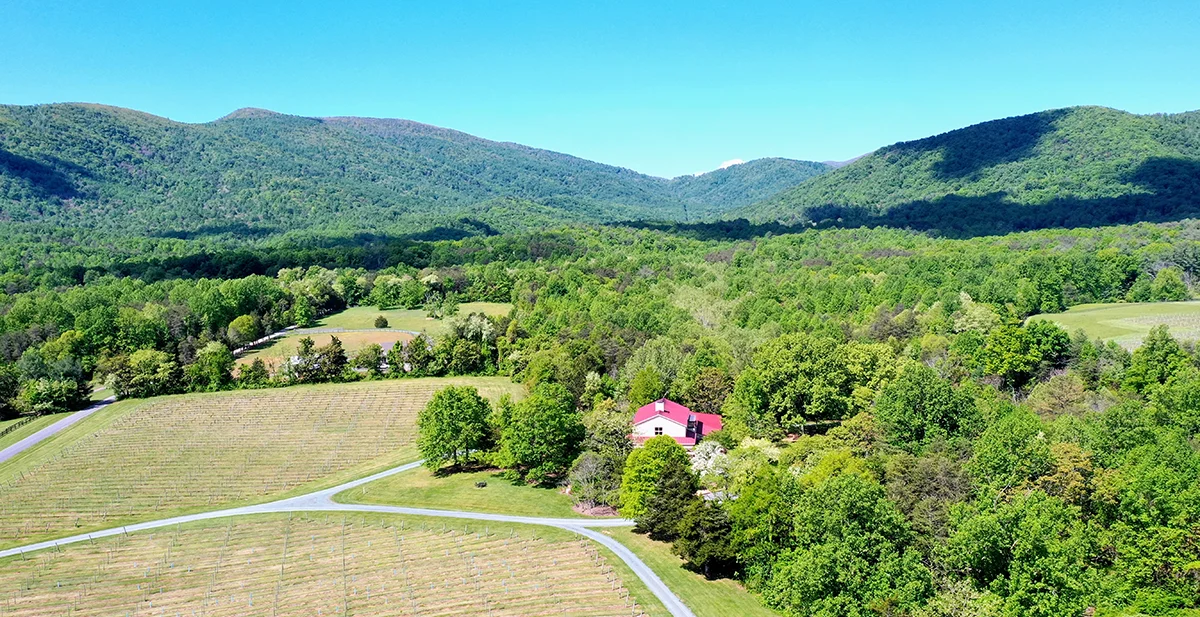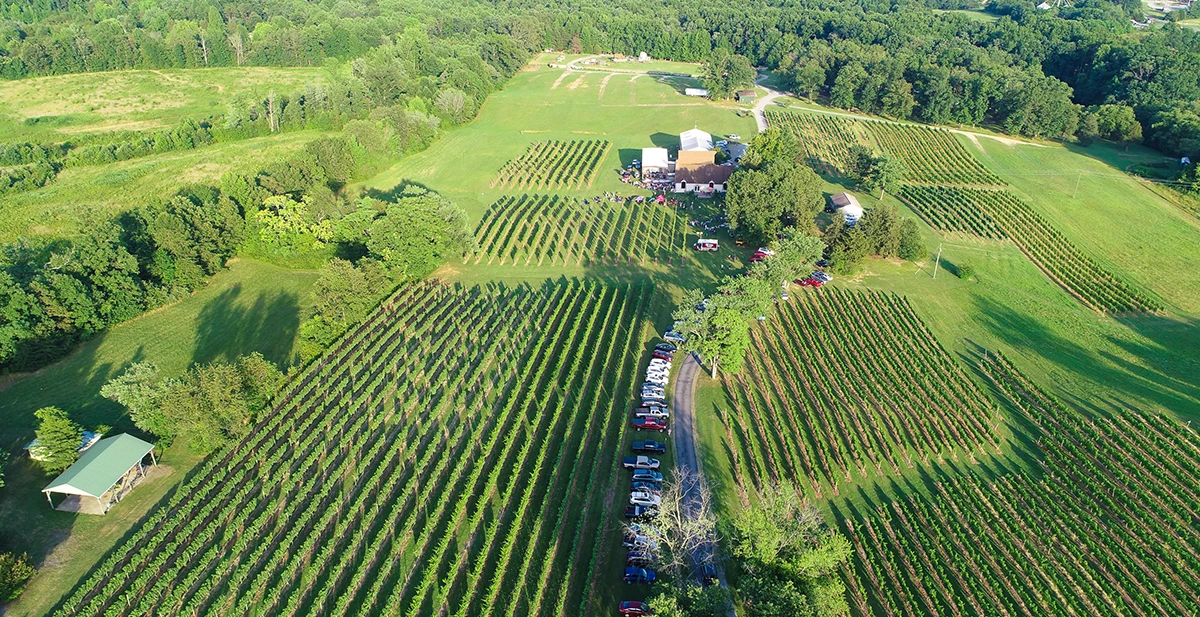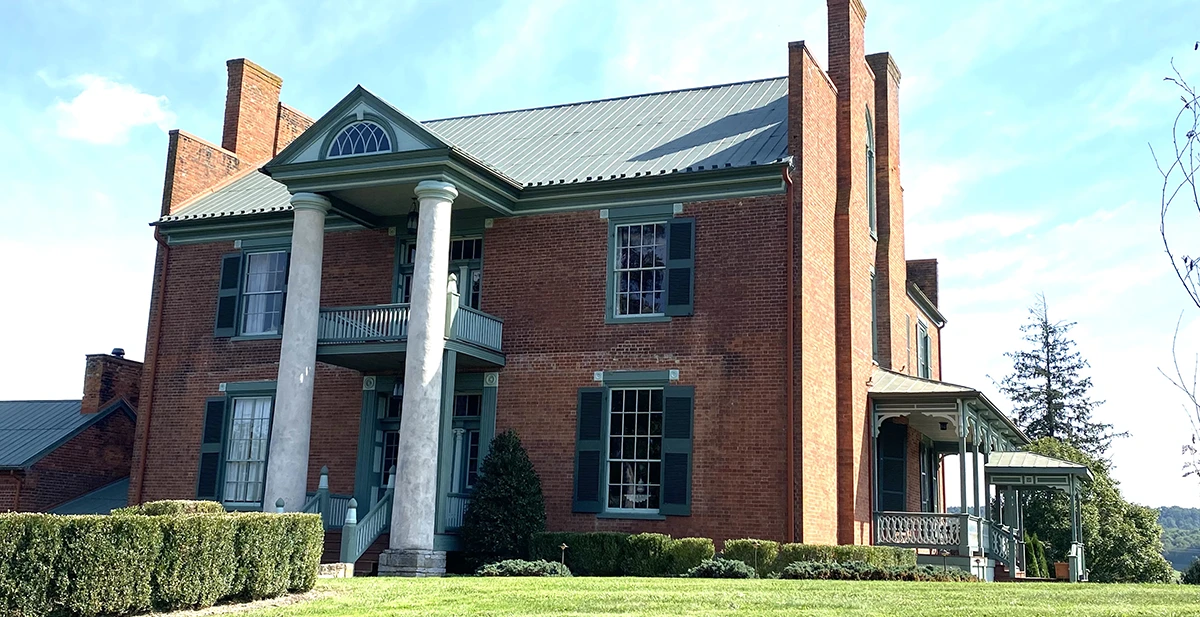
home / virginia real estate / farms / types of virginia farms / the virginia dairy farm
The Virginia Dairy Farm
Dairy farming is a labor of love. The nature of farming, as it pertains to animals and the food industry, is often fraught with emotionally ambiguous necessities. But other than the disposition of the occasionally necessary calf (which prompts the creation of milk), dairy farming is comparatively benign. You will never have to regret falling in love with Daisy.
Dairy farms are a total commitment. Unlike most other animals that need attention but not attendance, an active dairy farm is a daily expenditure of time. Barns must be kept clean and sickness must be kept to a minimum. Dairy cattle require higher quality pasture, higher quality of hay and generally, a higher quality of care.
The utilities of the dairy farm are extensive. A professional team of realtors can help you find a properly equipped dairy farm or a farm that can be properly equipped. A properly run dairy farm needs:
- Pasture
- Forage Storage
- Milking Area
- Milking Equipment
- Milk Processor
Pasture
Dairy cattle, unlike beef cattle, create a sweeter end product if the majority of their intake comes from pasture or hay, but pasture is best. The pasture should contain high protein grasses, and toxic weeds must be eliminated. Noxious plants can transmit their poisons through the milk.
Forage Storage
Pasture only works in the growing season. In Virginia, pasture is only ready late Fall through Spring. During the non-growth seasons, hay is required. Quality round baled hay of high protein content may be stored in the field, however such storage results in mold and waste. A much better way to preserve the quality protein content of hay is to store it in a barn until it is needed. Also needed is a tractor large enough to move the thousand pound round bale to the feeding area.
Milking Area
The actual milking process occurs two times a day. And even though pasteurization will kill any microbes, cleanliness is essential. The area should be clean with a hay mow, maybe a little grain as a treat and plenty of lighting and electricity.
Milking Equipment
The milking equipment starts with stainless steel seamless buckets and bottles. Stainless is easier to clean, lasts forever, and when seamless allow no bacteria to hide in the micro nooks and crannies that exist in seamed containers. Milking machines save labor but must be kept in top shape and clean. Refrigeration equipment is essential for instant cooling. Larger containers for transport are mandatory.
Milk Processor
As a dairy farm with the intention of yielding a profit, the volume of milk required to achieve that goal will require a processor to pasteurize and bottle your milk. In all likelihood, you will sell your raw milk to the processor who should be relatively close by, able to pasteurize and bottle your milk and move your milk to the local market.
Take advantage of your county extension agent or the Virginia State Dairyman’s Association to supplement the local wisdom, but pay attention to the local wisdom. Regional knowledge of weeds, weather and water is indispensable.
You may enjoy watching your holsteins wander across the Shenandoah meadow, on their way to their morning milking and grain. And you may enjoy the sunset behind the Blue Ridge while getting ready for the evening milk and grain. Either way, you will be milking.


















